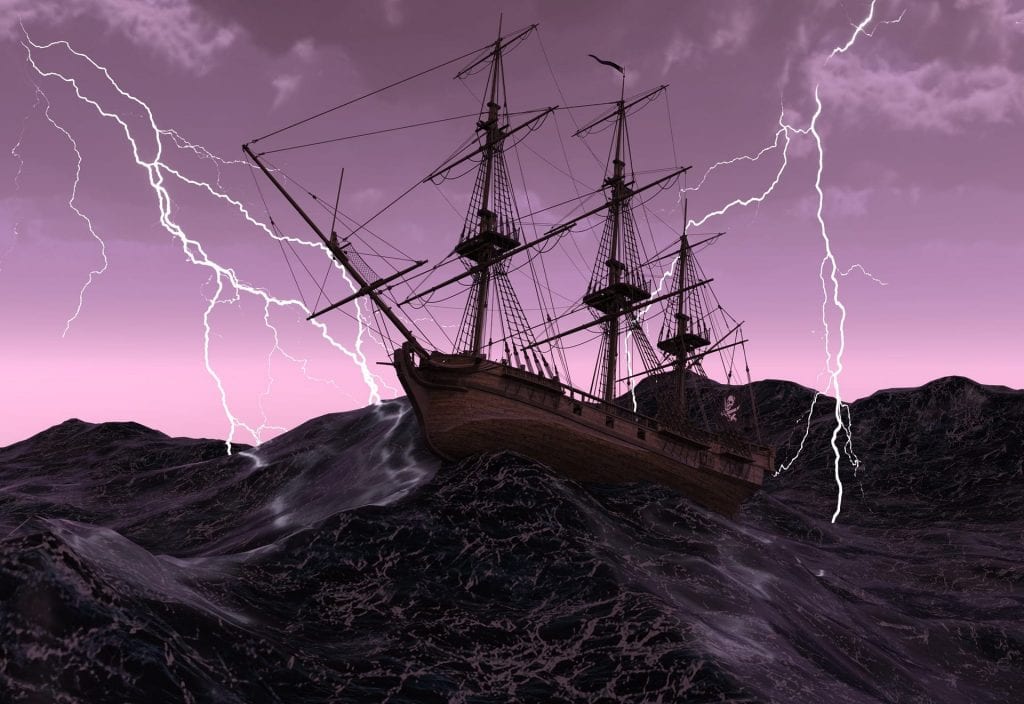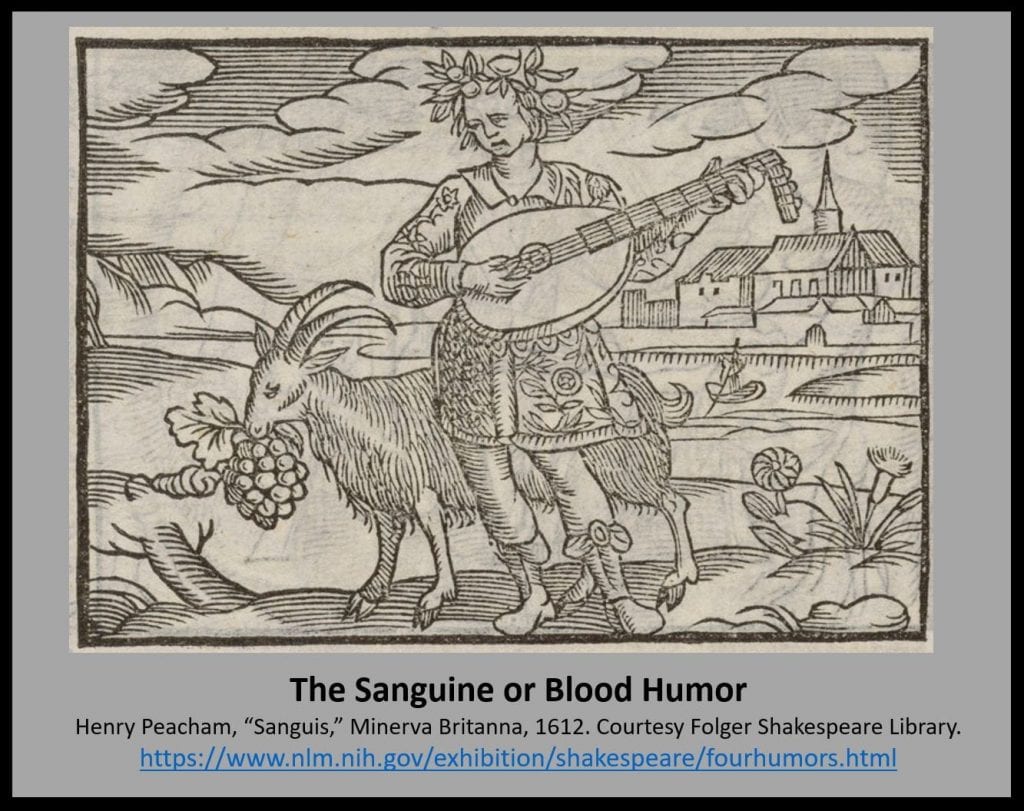

Kamikaze or "Divine Winds" twice saved Japan from the Mongolian Fleet
Long before the current use of the word kamikaze, Japanese used “divine wind,” the name translation, in a literal sense. In the thirteenth century, the largest contiguous empire the world has ever seen sailed its formidable armada and all its might towards the shores of Japan. The divine winds or typhoon crushed the Mongolian fleet before they could threaten the islands. Unlike the storm that destroyed the Spanish Armada sailing against England and Queen Elizabeth, the Japanese story provided a sequel, which in Hollywood fashion, repeated the story in a grander, cinematic fashion.
In 1274, weather dismantled nearly a thousand Mongolian ships sitting in the Japanese harbor. Seven years later, Kublai Khan ordered the second fleet roughly twice the size. This time, the kamikaze typhoons ripped apart the fleet before they reached the sands of the Rising Sun. Twice launched and twice defeated not by the resilient Japanese forces but by severe storms.
Podcast: Free Audio File
If you prefer to listen to podcasts, feel free to play the audio version of this blog by clicking on the player above.
Podcast: Cytokine Storms, Stronger than World War I and Kublai Khan
Length: 4 min 55 seconds
Written and read by the author

H1N1 killed more people than World War I
In bygone times, doctors believed that the power of the storm or air would disrupt our own bodies. Of the four Shakespearean bodily humors, the sanguine or blood humor associated itself with the element of air. Doctors believed that the disruption of the sanguine humor led to hot and moist fever in young adults. This seventeenth-century perception may have foreshadowed the characteristics of one of the largest and deadliest pandemics ever.
In 1918, the somewhat inappropriately named Spanish Flu eradicated three to five percent of the world’s population. The H1N1 virus killed more people than World War I. Beyond being one of the most significant pandemics ever, this influenza made unusual history in that it killed primarily the young and heretofore healthy adults. The first wave of H1N1, initially identified in Kansas, not Spain, followed a traditional pattern of culling infants, the elderly, and the immunosuppressed. The second wave, however, focused on stealing the lives of young adults.

Cytokine Storm or Cytokine Release Syndrome
How does the same infection wreak more havoc against younger, stronger immune systems? When infected with a virus or bacteria, some of our cells release hormone-like substances called cytokines. Cytokines and similar messengers inform the immune system how best to respond. Is the invader a common shoplifter or a Mongol horde? What level of inflammation is necessary? When inspiring immune cells to battle, one wants to be a William Wallace or a Leonidas, not Chicken Little. In the case of Influenza Type A, the disease inspired such terror, that the little sentinel cells went mad. And the stronger the immune system, the louder the message. The quantity of cytokines became excessive in young infected adults that instead of inspiring the immune system with a coordinated inflammatory strategy, the result was systemic chaos. The Cytokine Storm or Cytokine Release Syndrome resulted in septic shock, decreased cardiac output, decreased peripheral resistance, Acute Respiratory Distress Syndrome (ARDS), and Disseminated Intervascular Coagulation (DIC). If you aren’t familiar with these terms, medical school often teach the last term DIC as also standing for “Death Is Coming.” In short, without aggressive supportive care, Cytokine Storms are deadly.
Whether atmospheric or immunological, do not underestimate storms. The Temple of Apollo at Delphi bears the inscription “Meden Agan” or “nothing in excess.” In moderation, cytokines help bodies fight disease, respond to vaccines, and prevent infection. In excess, the body’s response to the disease can be more fatal than the disease itself.
References and Further Reading
- Billings, M. (2005, February). The Influenza Pandemic of 1918 | Stanford EDU. Retrieved February 25, 2018, from https://virus.stanford.edu/uda/
- Bureau, U. C. (2017, August 17). International Programs. Retrieved February 25, 2018, from https://www.census.gov/programs-surveys/international-programs.html
- Shadbolt, P. (2011, October 25). Shipwreck may be part of Kublai Khans lost fleet. Retrieved February 25, 2018, from https://web.archive.org/web/20111027212311/http://articles.cnn.com/2011-10-25/asia/world_asia_japan-archaeology-shipwreck_1_fleet-ship-invasion?_s=PM%3AASIA
- U.S. National Library of Medicine. (2013, September 19). The World of Shakespeare's Humors. Retrieved March 1, 2018, from https://www.nlm.nih.gov/exhibition/shakespeare/fourhumors.html
- Wall text, Genghis Khan: The Exhibition, Ronald Reagan Presidential Foundation and Institute, Simi Valley, CA. Personally visited February 2018. https://www.reaganfoundation.org/library-museum/special-exhibits/genghis-khan/
[amazon_link asins='1118553985,1935660020,0199946647,130526892X,1607951789' template='ProductCarousel' store='vetzone-20' marketplace='US' link_id='aa3e86be-ce1c-11e7-ae16-0944a45c35a3']
best article, i love it